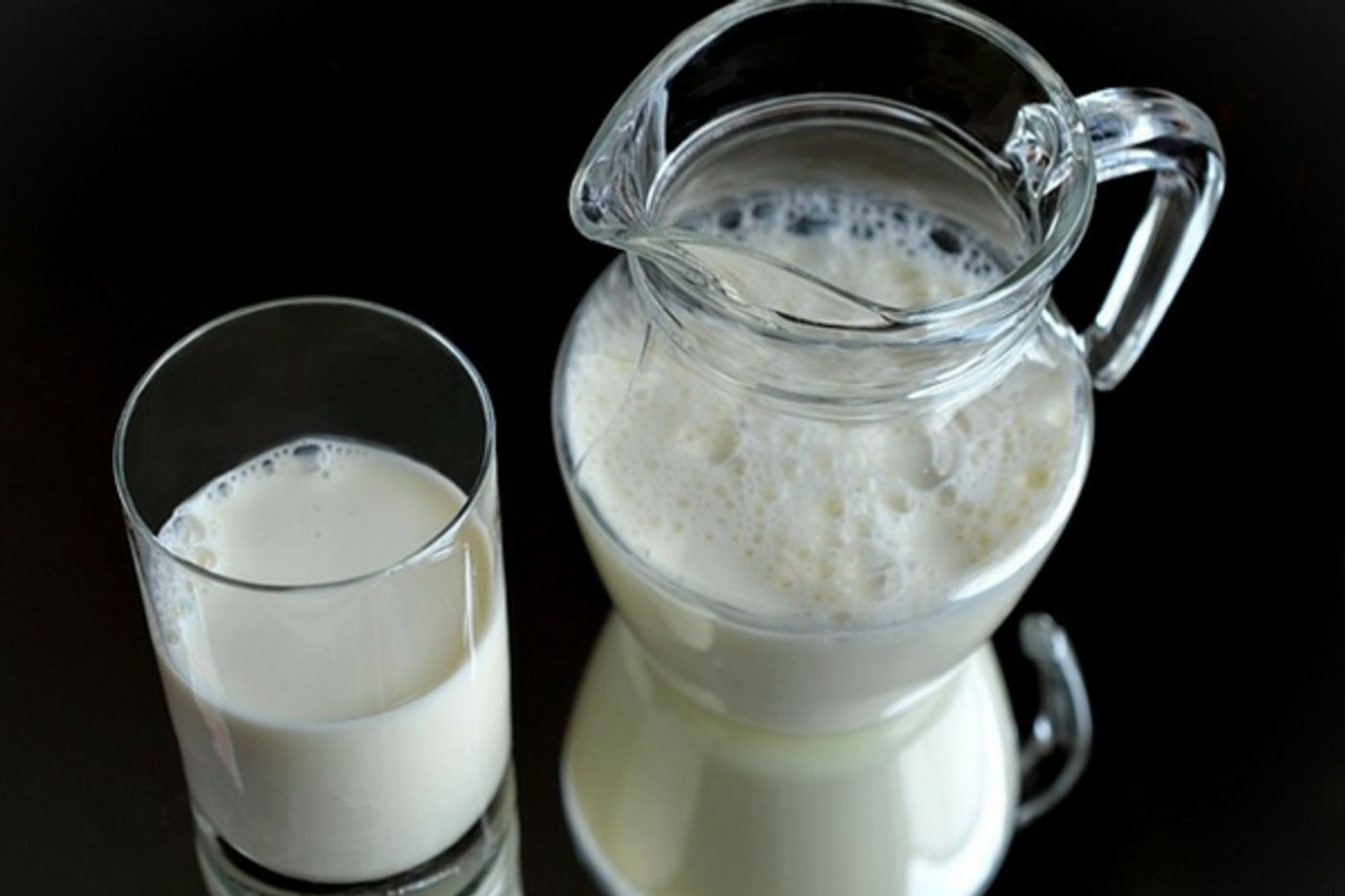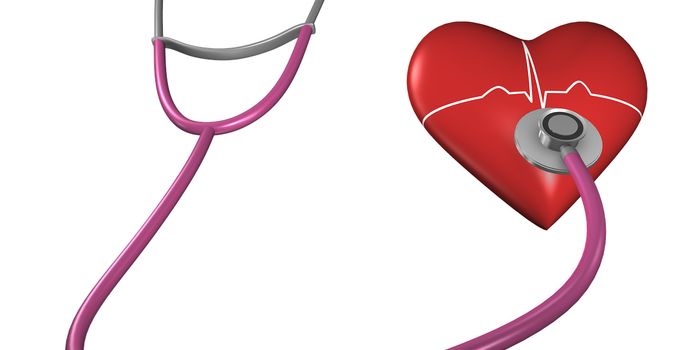The Skinny on Fat Percentages in Milk
When considering a healthy diet, milk can be an important part of what we eat and drink every day. It contains calcium and other nutrients, and three servings of dairy are what the federal nutrition guidelines suggest. The three servings can be just milk, but could also come from foods like yogurt, cheese or even ice cream. The key is to limit the amount of fat in a diet, from dairy, and from other sources.
But what do those fat percentages on milk really mean? In any grocery store, there are different types of milk for sale. The most common are whole milk, 2% milk, 1% milk and skim milk. The percentages are the amount of fat in the milk. But is whole milk, made entirely of fat? Of course not. Whole milk is about 3.5% fat, give or take. FDA requirements state that for milk to be sold labeled as "whole" is must contain at least 3.25% fat. However, cows are not known for being mathematicians. When milk comes out of a cow the amount of fat can be anywhere from 3% to 5% depending on the cow. When the milk is processed, the fat content is assessed, and then some fat is either removed or added.
While some consumers think 2% milk must be healthier and lower in fat that whole milk, there isn't that much of a difference between an 8 oz. glass of whole milk and the same sized glass of 2%. That's because the percentages of fat are calculated by weight. A cup of milk weighs roughly 225 grams. If it's 2% milk, about 5 grams of that cup will be fat. Eight ounces of whole milk (which still weighs 225 grams) will contain about 8 grams of fat. Some customers think that 2% milk has half the fat of whole milk, but it doesn't contain that much less fat than whole milk.
Skim milk is also referred to as "nonfat milk." The FDA says that producers can call it skim, fat-free or nonfat. It does have a small amount of fat, however, about .5grams per eight-ounce serving. Skim milk provides vitamin D, calcium and a host of other nutrients but there is one thing it doesn't have, and that is Vitamin K. Vitamin K is present in milk, but only in the butterfat, so skim milk doesn't offer any vitamin K.
Dairy products like cheese and yogurt can be made with any milk, and the nutrition label will specify the fat content of the milk used. While limiting fat in the foods we choose is a good idea, it's important to realize that fat does serve a purpose. Lactose is a sugar found naturally in whole milk as well as the skim, 1% and 2% varieties. Drinking only fat-free milk can cause a spike in blood sugar. When there is fat in milk, the sugar is slowly released into the bloodstream because the fat molecules slow down digestion.
It's not always easy to decide how to choose the right dairy foods, but the nutrition labels are an excellent place to start. While fat-free milk is used to make nonfat yogurt, most companies add large amounts of refined sugar and other ingredients that could negate the benefits of being fat-free. The video included here talks about the fat percentages in milk, check it out.
Sources FDA, Fitday.com









